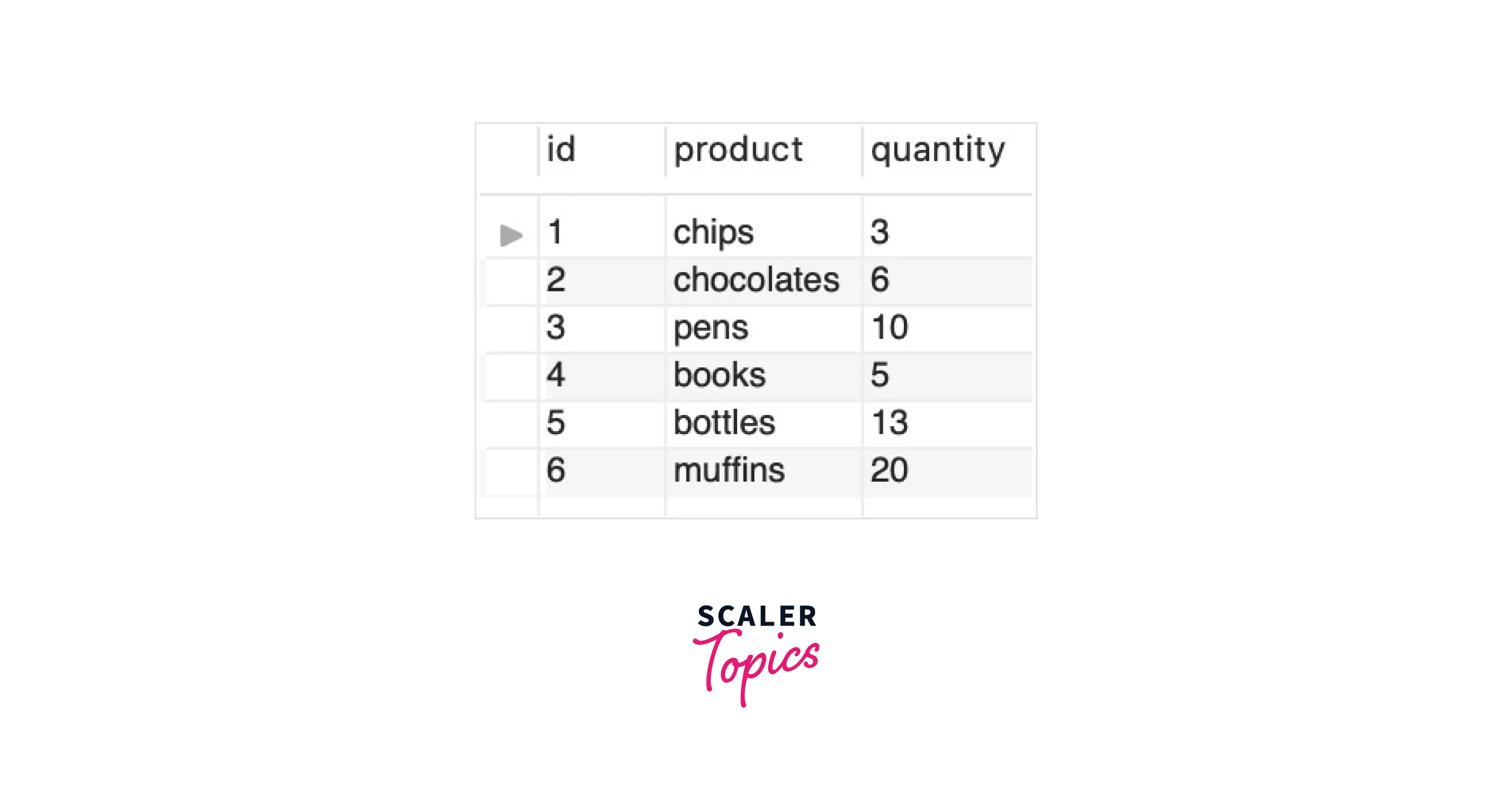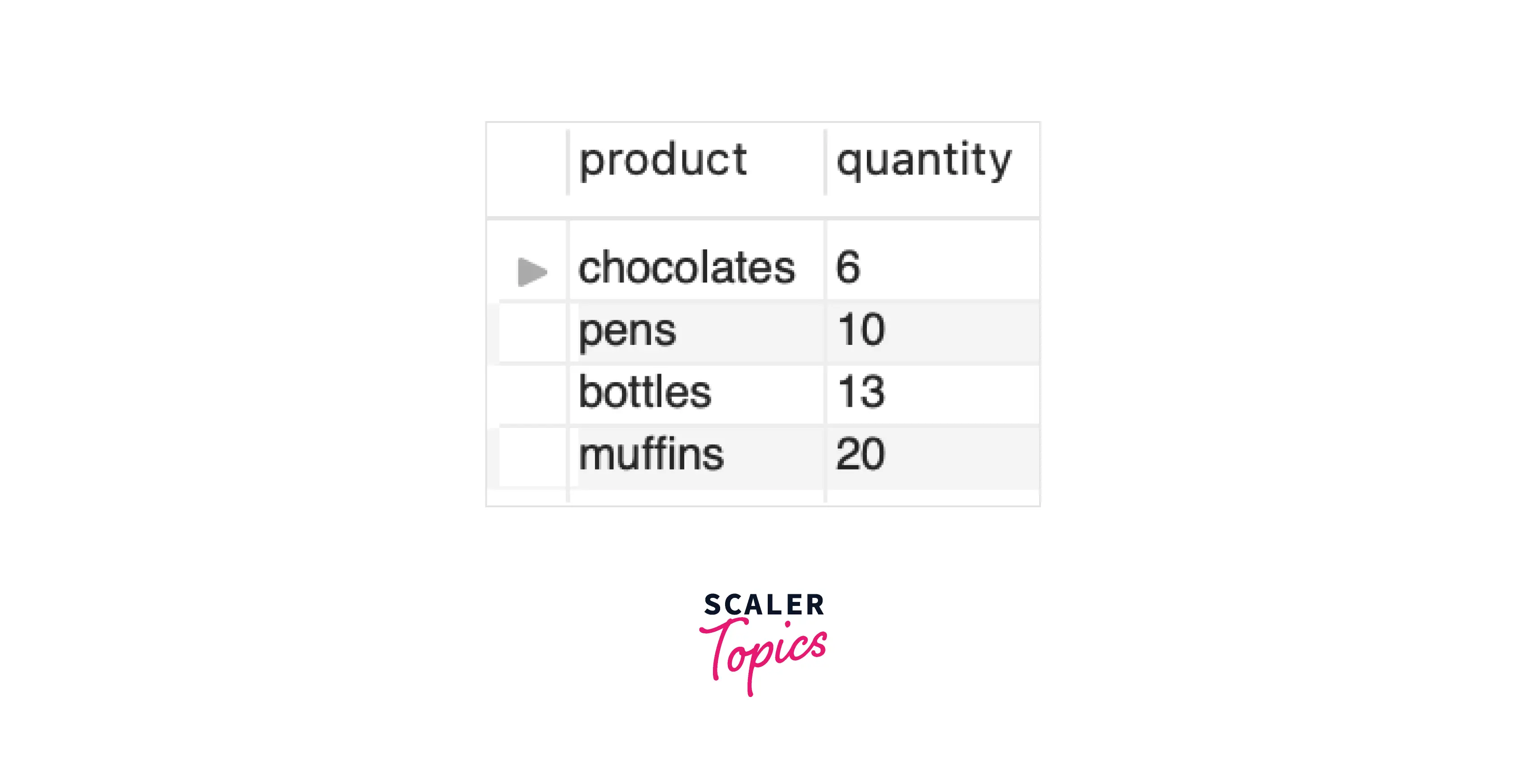Difference Between Function and Procedure in SQL

Introduction
SQL, the backbone of database operations, offers multiple tools to efficiently handle data. Among these tools are Functions and Procedures, both integral yet distinct in their functionalities. While both might appear similar as they execute blocks of code, their use-cases, nature, and output vary significantly. In this article, we will cover the differences between these two SQL constructs.
What is Function in SQL?
In most programming languages, Functions are a block of code that takes in some inputs from the user and performs certain tasks. Most often, they return a value. The same definition of the functions can be applied in SQL. They are called and used to perform a group of tasks in order. They can be user-defined or inbuilt functions.
Some of the inbuilt functions of SQL are MAX(), MIN(), UPPER(), CONCAT(), AVG(), etc.
Syntax to Create a User-Defined Function in SQL:
Here, the characteristic of the FUNCTION is an optional parameter that takes the value as {DETERMINISTIC, NO SQL, or READS SQL DATA}. If no value is given, by default it considers DETERMINISTIC. The body of the function includes SQL statements that perform its operations and must include one RETURN statement.
Example:
Output:

Here, we have created a function which returns the maximum of two numbers.
What is Procedure in SQL?
Like Functions, a Procedure is a collection of various instructions that are given some certain input to perform the task. However, it doesn't return any value in SQL. Contrary to this, in JAVA, functions, and procedures behave in the same manner, and are thus called subroutines.
Syntax to create a PROCEDURE IN SQL:
Syntax to call a PROCEDURE IN SQL:
Example: Here, we've a table sales with columns id, product, and quantity sold.

Output:

The procedure extracts those records which are having quantity greater than 5.
Key Difference Between Function and Procedure in SQL
The main difference between function and procedure in SQL is their primary purpose and behavior: functions are primarily designed to return a value and are often used to retrieve data, while procedures are intended for executing specific tasks and might not return a value. Functions are frequently called within SQL queries, allowing flexibility in data retrieval. In contrast, procedures are precompiled, offering efficient repeated executions, and can handle a broader range of SQL statements, including data modification.
Difference Between Function and Procedure in SQL
Having learned the basic definitions of PROCEDURE and FUNCTION in SQL, let's deep dive into the major differences between the two to have in-depth knowledge of the topic.
| Parameter | Function | Procedure |
|---|---|---|
| Definition | used to get an output given some inputs. | used to perform some lines of code in order. |
| Compilation | Every time a function is called, they are first compiled before being called. | Procedures are compiled only once and can be called n number of times without the requirement of compiling again. |
| DML Statements | DML commands such as UPDATE, DELETE, and INSERT can't be used with a function. | They all can be used in a procedure. |
| SQL Query | A function can be called by a SQL query. | We can't call a procedure within SQL query. |
| SELECT | SELECT statements can include a function call. | They can't include procedure calls. |
| Call | Functions can be called within a procedure. | Functions can't include a procedure. |
| Return | A function must return some value/control. It always returns a value after execution. | A procedure returns control but not necessarily a value. However, it can use “IN OUT” and “OUT” arguments to return a value. |
| Multiple Result Sets | Cannot return multiple result sets. | Can return multiple result sets. |
| Data Usage | Used only to read data. | Can be used to read and modify data. |
| Expressions | Functions must include expressions. | It is not a necessary condition in procedures. |
| Try-Catch | Functions do not support try-catch blocks. | Procedures support try-catch blocks for error handling. |
| Explicit Transaction Handling | Functions do not permit transaction management. | Procedures allow transaction management. |
| Temporary Data Storage | In functions, only table variables can be used. Temporary tables cannot be created. | In procedures, both temporary tables or table variables can be used to store temporary data. |
Conclusion
In this article, we have learned:
- FUNCTIONS have dual nature i.e., they can either be user-defined or inbuilt ones.
- A PROCEDURE is explicitly written by the user as per requirement.
- FUNCTIONS in SQL returns some value to the code calling it after going through some block of code, on the other hand PROCEDURE wouldn't return any value but the control.
- There are many differences between these two clauses of SQL, such as DML statements can only be used with PROCEDURE and SELECT statements can include FUNCTION call, etc.
